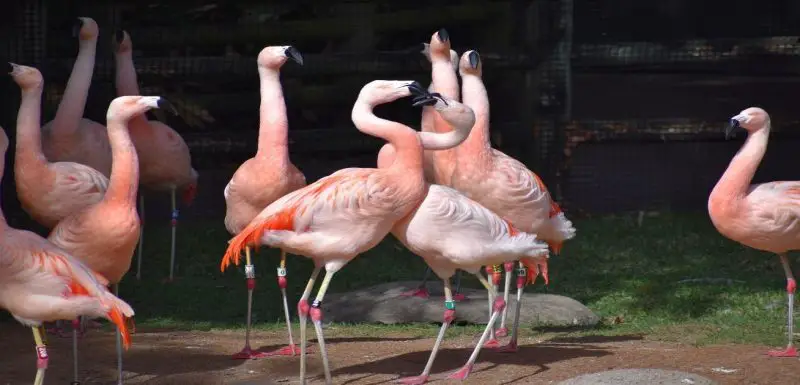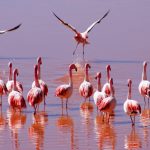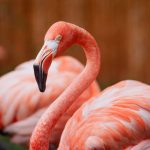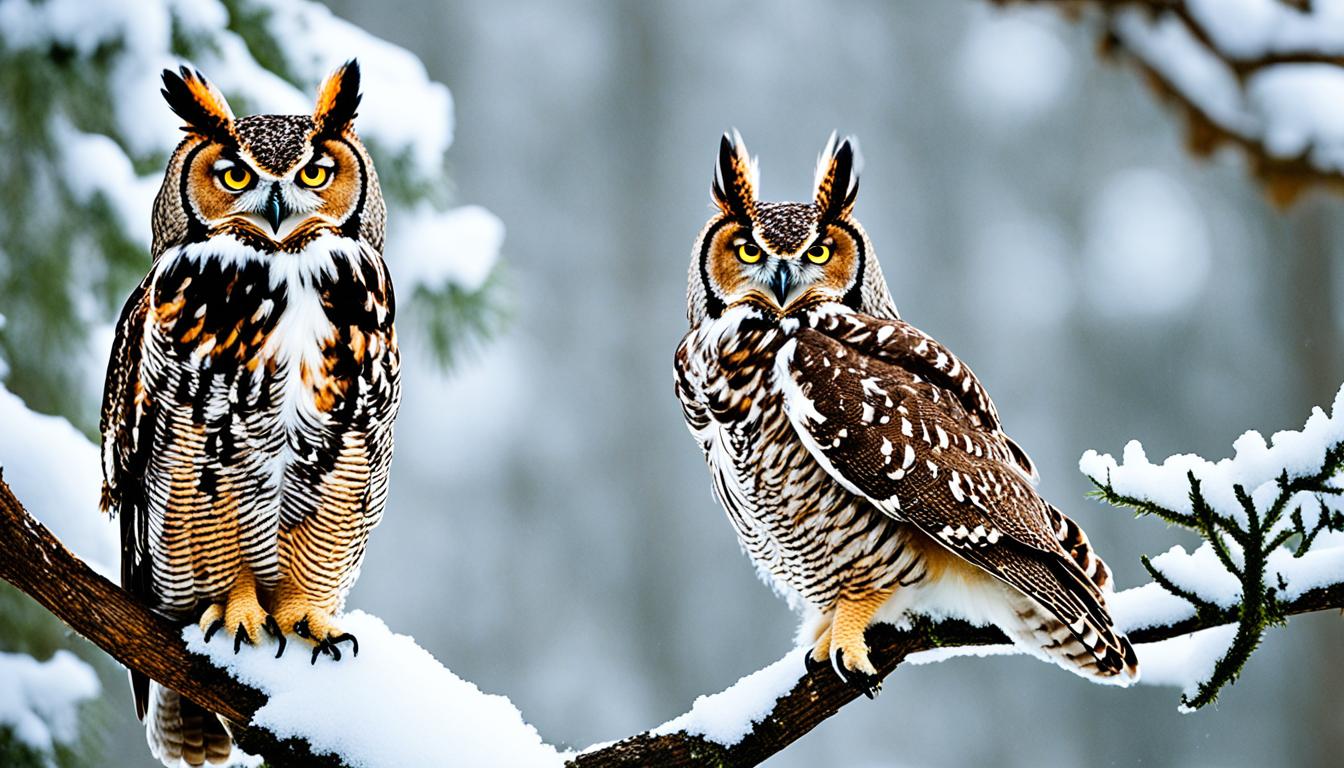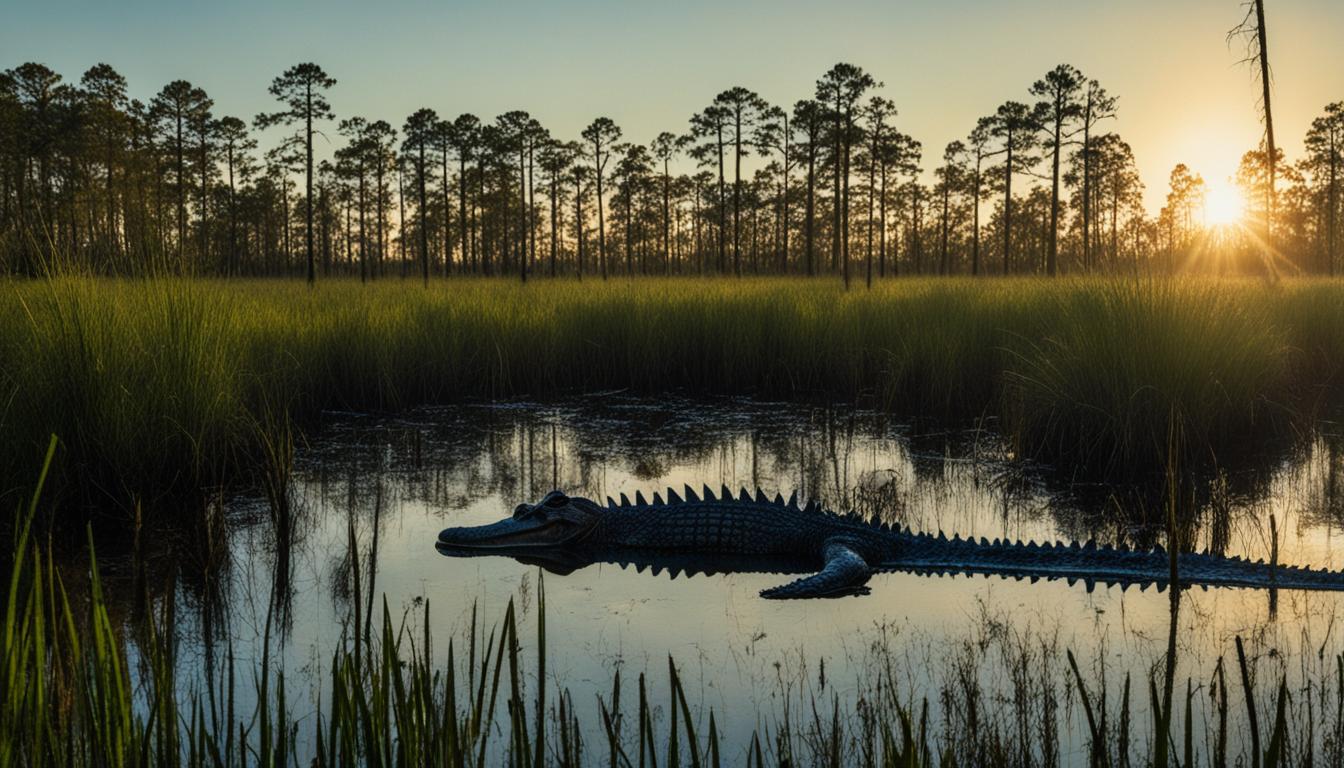Flamingoes are serial monogamous species. They have a one-year relationship, then get divorced and find a new partner the next year. Males and females dance together in search of a companion who is suitable with them. New mates are mutually agreed upon. A group of flamingos will all mate at the same moment, resulting in the hatching of all of the offspring at the same time.
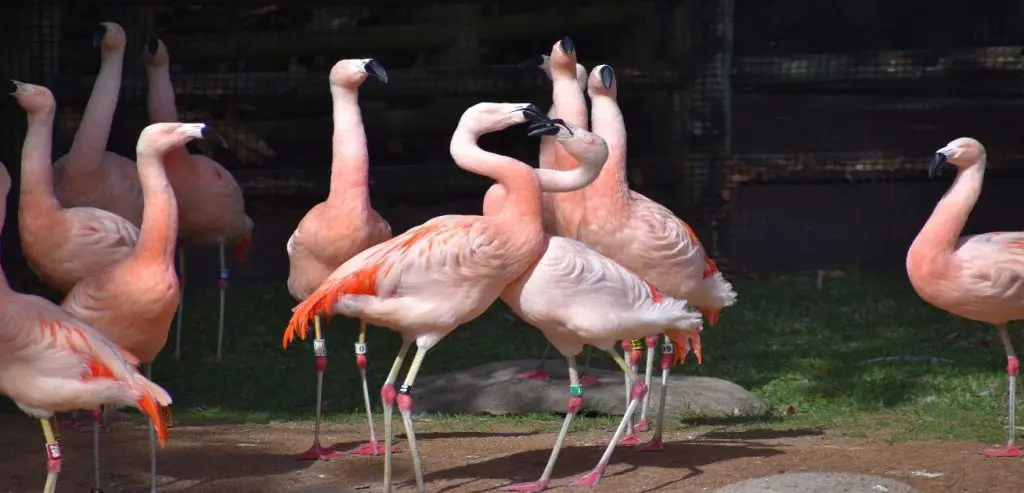
What Is The Proper Name For A Baby Flamingo?
A chick, chicklet, or hatchling is the term used to refer to a newly hatched flamingo. Some people, on the other hand, believe that the term ‘flaminglet’ is a much better way of describing them!
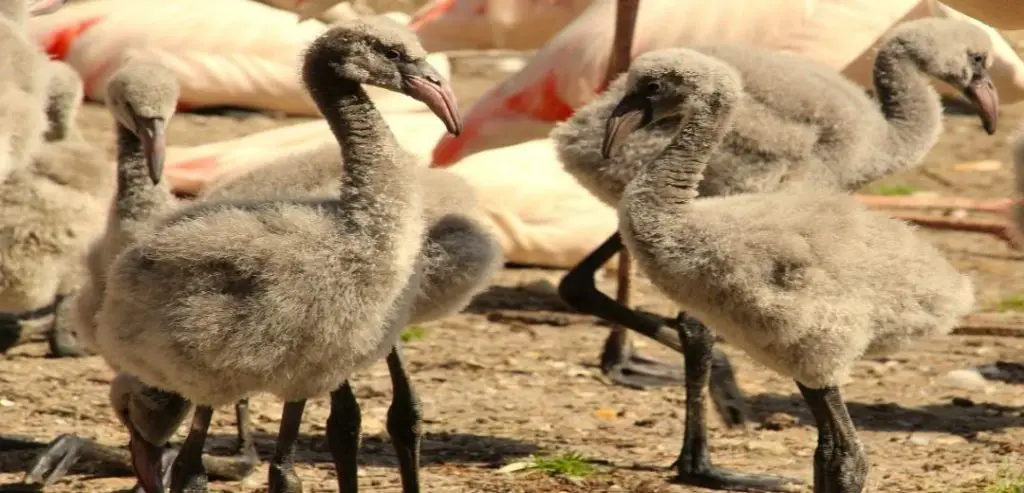
What Do Baby Flamingos Eat?
When flamingo chicks are first born, both of their parents exclusively feed them ‘crop milk’. Both parents produce crop milk in the lining of their upper digestive tracts, which is similar to each other. In addition to being high in fat and protein, the ‘milk’ is a vibrant red in color. In contrast to mammalian milk, a semi-solid substance resembles a pale yellow cottage cheese in consistency.
Emperor Penguins, Woodpigeons, and Doves are just a few of the birds that have been observed to produce crop milk. The chicks are able to feed themselves from about four to six weeks old, but they may still require food from their parents until they are about ten to twelve weeks old, when they will begin to fly.
When Do Newborn Flamingos Start Flying?
The juvenile flamingos receive their flying feathers after around 11 weeks of development. A typical start date for learning to fly is when they are two to three months old. Young flamingos are not taught to fly by their parents; instead, they make several efforts until they are successful in doing so.
How Long Do The Young Flamingos Stay In The Nest Before They Leave?
After hatching, baby flamingos will remain on the nest mound for five to twelve days after leaving the nest. They will leave the nest when they are strong enough and able to walk on their own, which is normally between four and seven days after hatching. The chick will explore its surroundings under the close supervision of its parents before returning to the nest to eat its first meal.

Flamingo nests are made out of mounds of mud that are punctured at the top with a shallow hole. It may reach a height of up to 30cm and take up to six weeks to construct depending on the materials used. Some of the things utilized by the adult birds in the construction of the nest include feathers, sticks, stones, and mud. The egg will be protected and kept warm by both parents for the next 27 to 31 days until it hatches into a chick. Once the female has set the egg, both parents will take turns protecting and keeping it warm.
How Long Do Baby Flamingos Stay With Their Parents?
It will take the chicks around five days to leave the nest and form small groups with other young flamingos, after which they will return home to feed. The parents owing to vocalization that occurs many hours before the chick hatches recognize the cry of the chick and which helps to form a link between the parents and the chick before it hatches.
A crèche is a big group of chicks that the parents herd together after they have been hatching for about three weeks. A small group of adult birds looks after the young birds, and their parents solely feed them.
Do Flamingos Make Good Parents?
Yes, without hesitation. Flamingos are good parents from the beginning of their lives. Within an hour of hatching, the chick is dry and being given crop milk, which is a mixture of food regurgitated by both parents at the same time. Chicks are able to swim within 3-4 hours after hatching and fly between 75 and 78 days after they are born. After around 40 days, they are able to feed on their own since the beak is bent and the lamellae have grown enough to allow for filter feeding. The parents will continue to incubate and feed the chick until the chick reaches the age of three months and beyond.
What is the process by which Caribbean Flamingos reproduce?
Once a Caribbean flamingo has found the right mate, he or she will leave the colony and begin to construct a nest. So that they can do so, they collect mud in their beaks, which they then deposit at the edge of their nesting site, which is located in shallow water near the shoreline.
Then they use their webbed feet to press the mud down near the top of the bowl, forming a bowl for the egg to lay its eggshell in. These nests can range in height from 5 to 18 inches in height. This tall nest serves as a barrier against rising waters and the hot alkaline ground beneath them. The temperature difference between the top of the nest and the ground can be as much as 20 to 30 degrees Celsius in some instances!
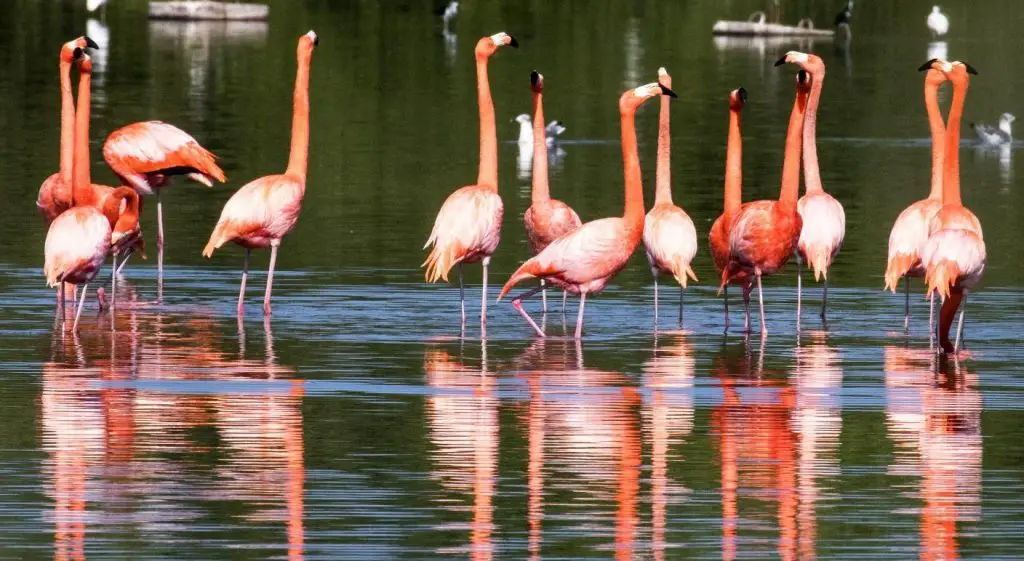
If there is no mud available, the flamingo will improvise by gathering whatever it can find in its immediate environment. When the nest is being constructed, the male and female birds will mate on a regular basis during that time.
They reproduce exclusively through sexual reproduction. With only one genital, intestinal, and urinary tract opening (known as the cloaca), bird reproduction is accomplished through a brief “cloaca kiss,” which lasts only a few seconds. This usually occurs when the female bird is feeding and the male bird sneaks up behind her and takes advantage of her situation.
A single white oval-shaped egg will be laid in the top of the female flamingo’s nest after copulation has taken place and after she has completed the nest. In terms of size, the egg is approximately 9 centimeters in length and 5 centimeters in diameter.
The male and female flamingos will alternate incubating the egg, and every now and then, the female flamingo will stand up and turn the egg to ensure that the developing flamingo does not become stuck in the shell. After 28-32 days of incubation, a baby flamingo with white down feathers will break through the egg with a sharp point on its beak known as an egg tooth, which is located near the base of its beak.
What happens When a flamingo’s Partner Passes Away?
According to John Klavitter, a researcher with the United States Fish and Wildlife Service stationed at Midway Atoll, “If they do lose their partner, they will go through a year or two of grief.” A courtship dance will be performed thereafter in order to locate another partner, according to the expert.
What is it about flamingos that makes them so unique?
Flamingos are well known for their tendency for standing on one leg. Despite the fact that scientists are not certain, they believe that flamingos can conserve more energy by standing on one leg rather than both. Their long and lanky legs have a unique feature that allows them to “lock” their leg into place, requiring them to exert no effort in order to stand up straight. It is not a fiction that flamingos can only stand on one leg, this is true. It seems to be a comfortable resting posture.
Read more on why flamingos are standing on one leg.
What is the best way to identify whether a flamingo is male or female?
When it comes to size, there is just a little variation between men and women: the male flamingo is somewhat bigger than the female. Flamingos have a lengthy lifespan.
What are the Sleeping Habits of Flamingos?
Flamingos sleeping posture revealed: Flamingos have an unusual sleeping habit. Standing on one leg, with the other leg tucked beneath their feathers, is their favored sleeping position. This stance allows them to conserve body warmth and maintain stability in shallow water, where they often rest.
Are Flamingos Smart?
Overall, flamingos are no smarter than other flocking birds, according to research. In huge groups, they feel protected, and they do not feel the need to acquire unique intellect. The world’s most intelligent birds do not live in groups, and as a result, they have had to acquire specialized survival abilities.

